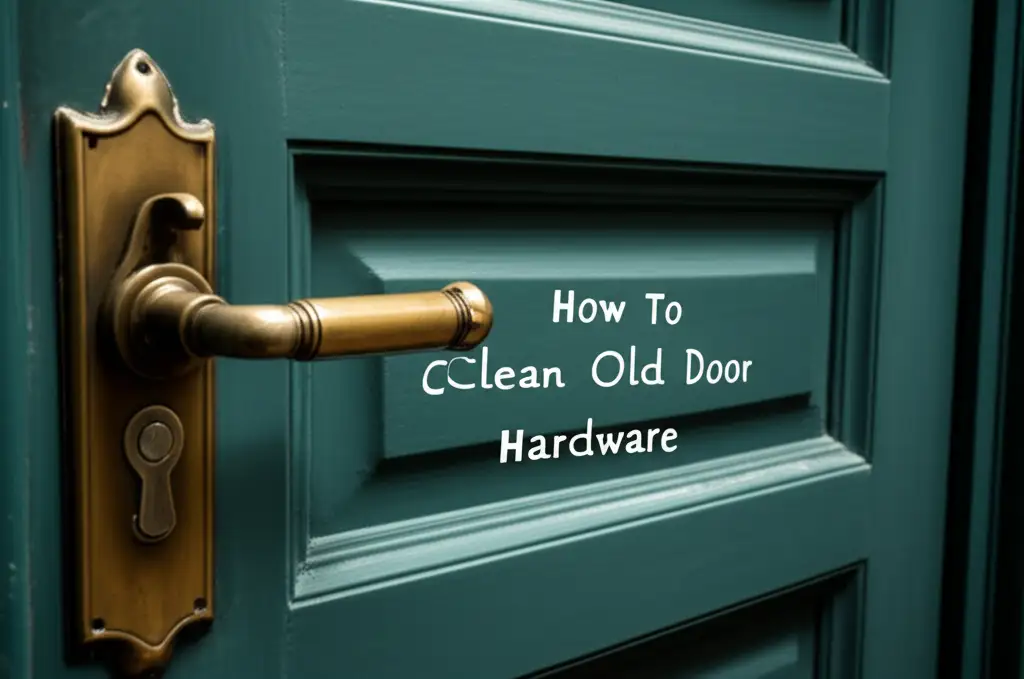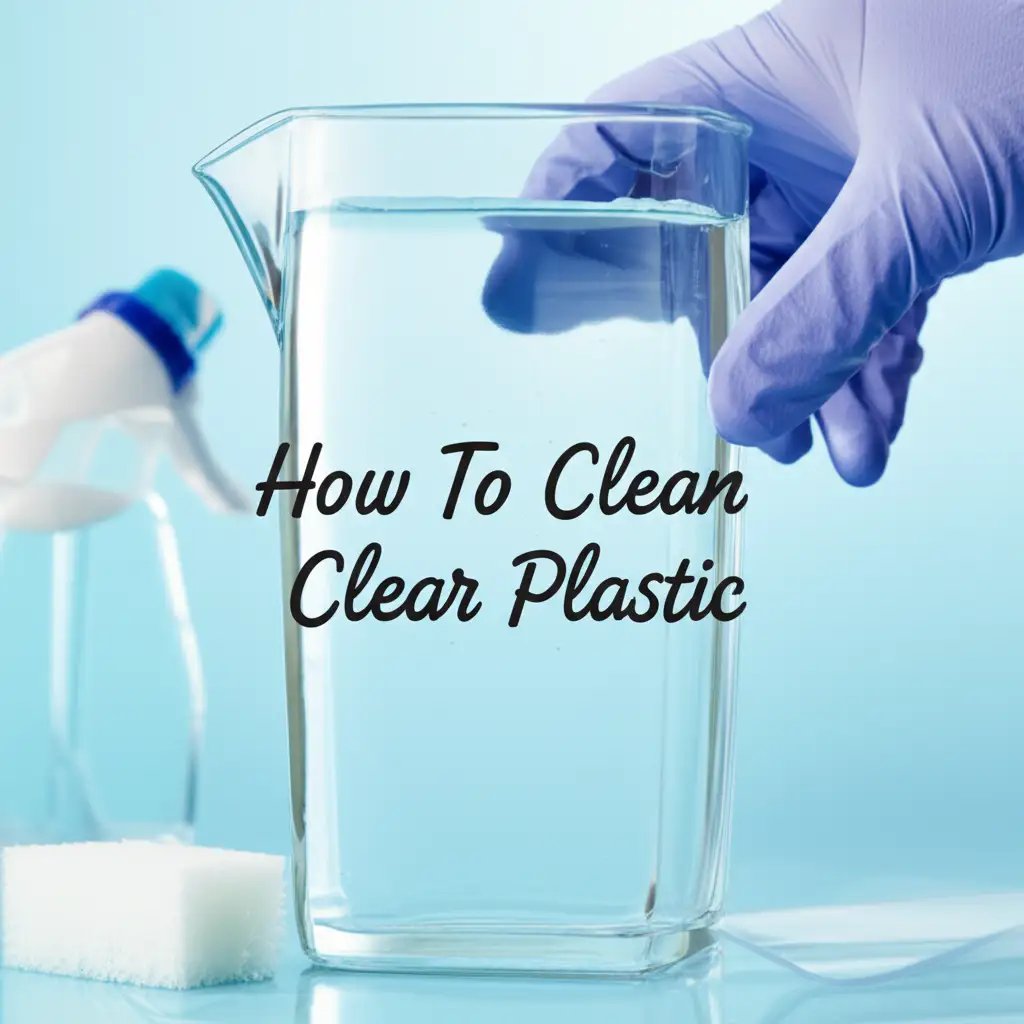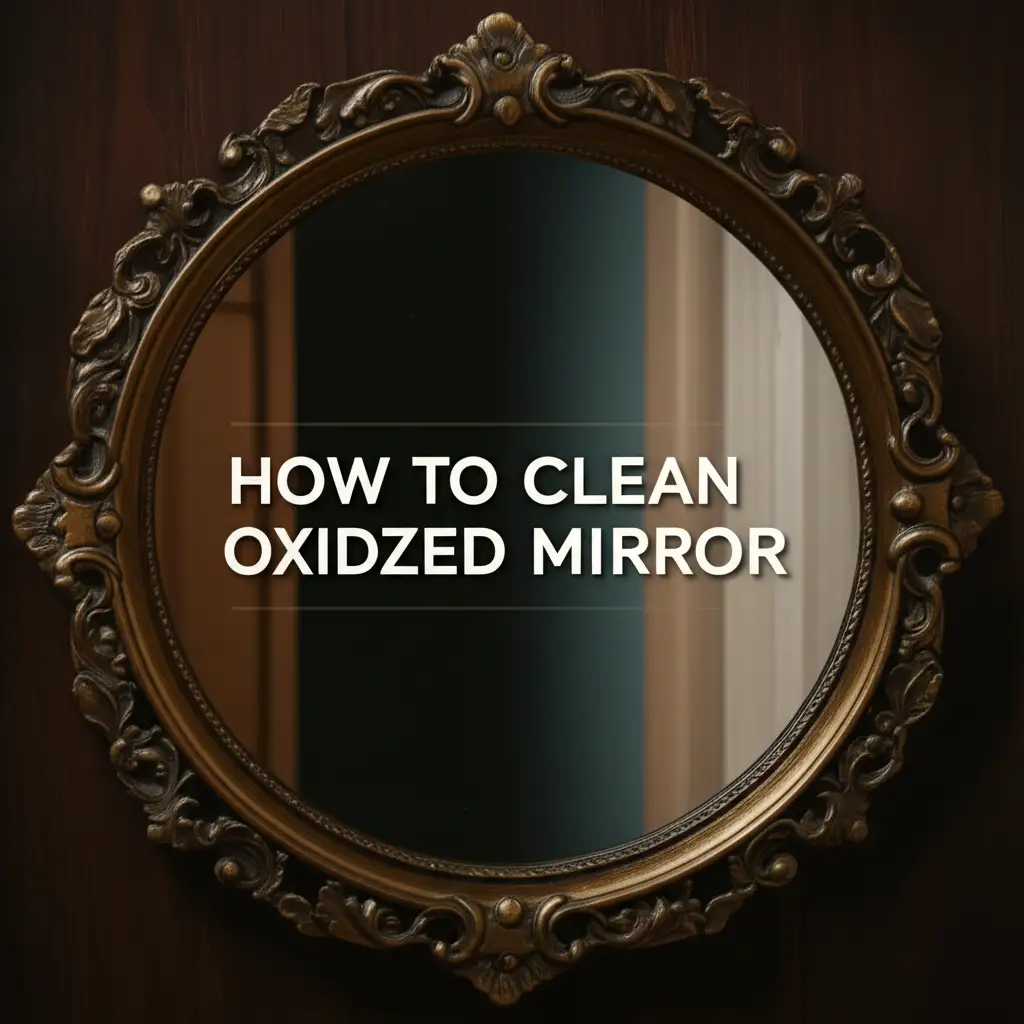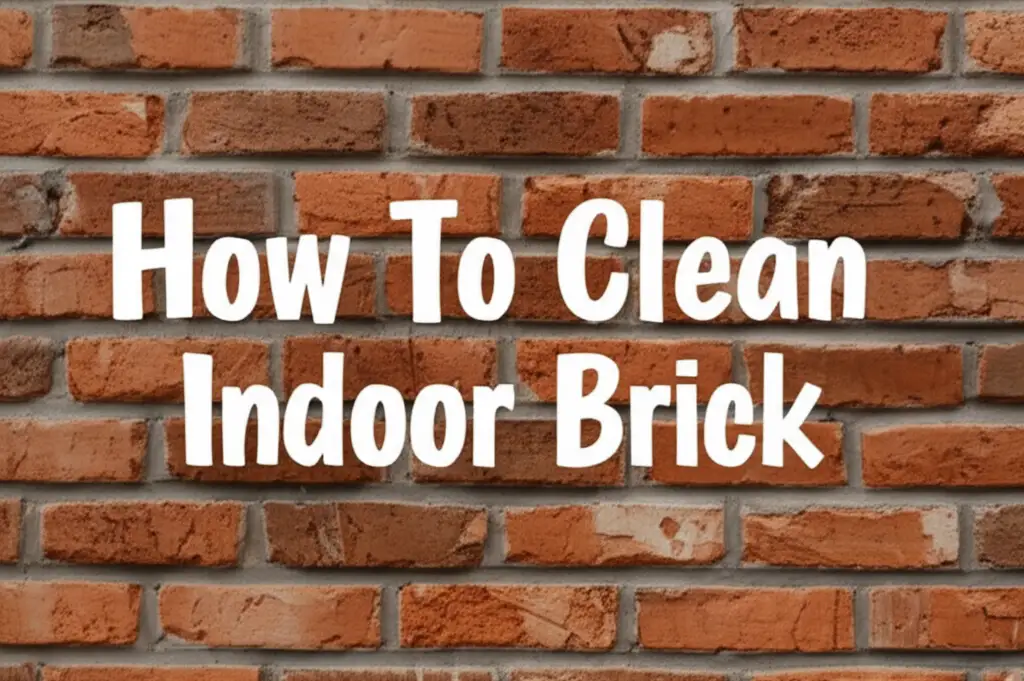· Home Care · 15 min read
How To Clean Scratched Glass
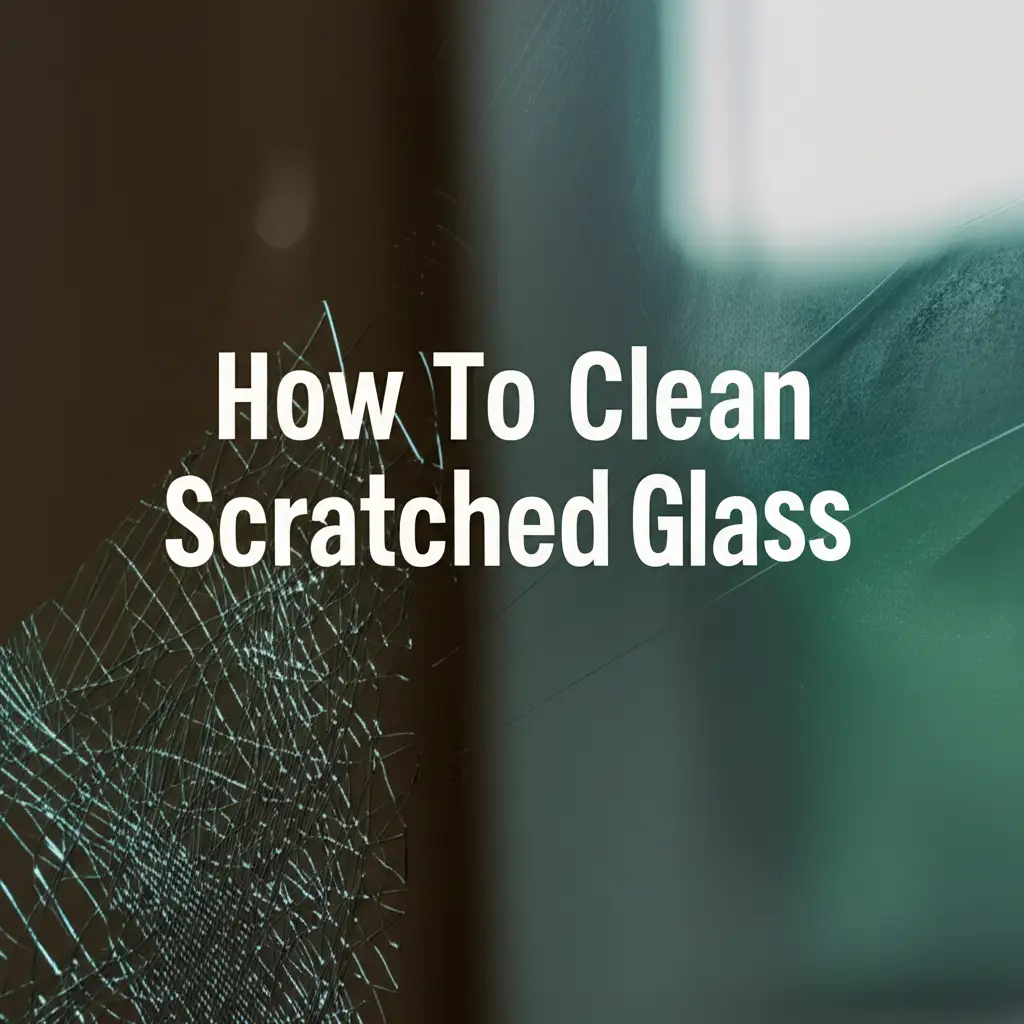
Restore Clarity: How To Clean Scratched Glass Effectively
A tiny scratch on your favorite glass surface can feel like a huge eyesore. Perhaps it is a window, a glass table, or even a shower door. These blemishes ruin the clear view and make surfaces look old. You might think only professional replacement can fix this problem. However, many scratches are fixable right at home. I have faced this frustration many times myself. Learning how to clean scratched glass saves you money and time.
This guide helps you understand different scratch types. We will cover simple home remedies that actually work. You will also learn about more advanced solutions for deeper damage. We discuss when to call a professional. Finally, we will share tips to keep your glass scratch-free in the future. Let us bring that sparkling clarity back to your glass items.
Takeaway
- Identify the scratch depth before starting any repair.
- Use common household items for light surface scratches.
- Apply cerium oxide or specific repair kits for deeper marks.
- Always clean the glass thoroughly before attempting scratch removal.
- Practice prevention to keep glass surfaces pristine and clear.
Clear Answer: How To Clean Scratched Glass
You can clean scratched glass by first cleaning the surface. Then, choose a method based on scratch depth. Use toothpaste or baking soda for light marks. For deeper scratches, opt for cerium oxide or a commercial glass repair kit. Always work carefully to restore clarity.
Understanding Scratched Glass: Types and Severity
When you see a scratch on glass, it is important to know what kind it is. Scratches vary in depth and type. This helps you pick the right cleaning method. Surface scratches are often very shallow. You can feel them slightly with a fingernail. These marks affect the very top layer of the glass. Light scratches usually respond well to simple home remedies.
Deeper scratches cut into the glass more significantly. Your fingernail will catch noticeably on these. They can even make a small groove. These require stronger solutions. Sometimes, a scratch might be a chip or crack instead of a simple scratch. Chips involve missing pieces of glass. Cracks are lines that go through the glass. These types of damage usually need professional repair or replacement.
To test a scratch, run your fingernail over it. If your nail does not catch, it is a very light surface mark. If your nail catches slightly, it is a moderate scratch. If your nail gets stuck, the scratch is deep. Knowing this depth guides your repair choice. Do not try to clean deep chips or cracks with scratch removal methods. This can cause more damage. Glass is a hard material, but it is also brittle. Understanding its limits helps prevent further issues.
Essential Preparations Before Cleaning Scratched Glass
Before you try to clean scratched glass, proper preparation is key. This step makes sure your repair efforts are effective. It also prevents further damage. First, clean the entire glass surface thoroughly. Use a good glass cleaner or a mixture of soap and water. Remove all dirt, dust, and grime. Any small particles left on the glass can cause new scratches during the cleaning process.
Wipe down the glass with a lint-free cloth. Microfiber cloths work best for this. They do not leave fibers behind. Ensure the glass is completely dry before moving on. Moisture can interfere with some repair compounds. If you need to clean glass without commercial products, consider methods like using vinegar. You can learn how to clean glass with vinegar for a streak-free clean. This ensures a clean base for your scratch repair.
Inspect the scratch again after cleaning. Make sure no dirt remains embedded in the scratch itself. If there is old wax, adhesive, or other residues on the glass, remove them. Learning how to clean wax off glass or how to clean adhesive off glass can be helpful here. You want a pristine surface to work on. This preparation step is crucial. It ensures the scratch repair product can interact directly with the glass. It also provides a clear view of the damage you are working on.
DIY Methods for Light Scratches on Glass
Many light scratches on glass are fixable with simple household items. These methods work by gently buffing or filling the scratch. They are best for minor scuffs that your fingernail barely catches. Always test a small, inconspicuous area first. This checks if the method works and does not harm your specific type of glass.
Toothpaste Method
Ordinary white toothpaste can work wonders on light glass scratches. Use a non-gel, non-abrasive variety. The mild abrasives in toothpaste help smooth out the edges of the scratch. I have personally used this trick on a minor window scratch. Apply a small dab of toothpaste to a soft, clean cloth. Rub the toothpaste into the scratch using small, circular motions. Apply light to moderate pressure. Continue rubbing for about 30 seconds.
Wipe away any excess toothpaste with a damp cloth. Then, buff the area dry with a clean, lint-free cloth. Repeat this process two or three times if necessary. This method works well for very fine scratches. It polishes the glass surface gently. For general cleaning after the repair, you might also want to know how to clean glass without streaks for a perfect finish.
Baking Soda Paste
Baking soda is another common household item effective for light scratches. It is a mild abrasive that can gently polish glass. Mix equal parts baking soda and water to create a thick paste. The paste should be consistent, like toothpaste. Apply this paste to a soft cloth. Rub the paste onto the scratch in a circular motion.
Work on the scratch for 30 to 60 seconds. Make sure to cover the entire scratched area. Wipe off the paste with a clean, damp cloth. Then, dry and buff the glass with a separate, dry cloth. This method is similar to the toothpaste one. It helps to smooth out the tiny imperfections. It is a very safe option for most glass types. You can use this method for common household items like a glass table top.
Clear Nail Polish Method
Clear nail polish can help fill in deeper, but still shallow, scratches. This method does not remove the scratch. Instead, it makes the scratch less visible. It fills the void created by the scratch. Apply a thin layer of clear nail polish directly onto the scratch. Use the brush from the nail polish bottle. Make sure to cover the scratch completely. Let the nail polish dry for about one hour.
After it dries, dip a cotton ball in nail polish remover (acetone). Gently wipe away any excess nail polish around the scratch. Be careful not to remove the polish from inside the scratch itself. This method is effective for hairline scratches that catch light. It creates a smooth surface. It does not work on wide or deep gouges.
Rubbing Alcohol
Rubbing alcohol is not an abrasive. It does not remove scratches. However, it can clean and prepare the surface very well. Sometimes, what looks like a scratch is just a residue on the glass. Rubbing alcohol can dissolve many types of residues. This reveals the true state of the glass. It is excellent for prepping the glass before using other scratch removal methods.
Soak a cotton ball or soft cloth in rubbing alcohol. Wipe the scratched area thoroughly. If the “scratch” disappears, it was simply surface dirt or residue. If the scratch remains, the glass is actually damaged. This step is a good initial test before applying harsher methods. Always ensure the area is well-ventilated when using rubbing alcohol.
Professional-Grade Solutions for Deeper Scratches
When DIY methods do not work, it means the scratch is deeper. For these, you need more powerful products. Professional-grade solutions use stronger abrasives or compounds. These can remove a thin layer of glass. This effectively levels the surface around the scratch. Always follow product instructions carefully.
Cerium Oxide Polish
Cerium oxide is a powerful glass polishing compound. It is widely used by glass professionals. It comes as a fine powder. When mixed with water, it forms a slurry. This slurry acts as a gentle abrasive. It buffs away thin layers of glass. This smooths out scratches. You can buy cerium oxide powder online or at hardware stores.
To use it, mix the powder with enough water to make a thick paste. The consistency should be like yogurt. Apply the paste to a polishing pad or a felt buffing wheel. Use a rotary tool or a drill with a polishing attachment. Work in small sections. Apply light pressure. Keep the paste moist by occasionally misting with water. Do not let the paste dry out on the glass. This can cause more scratches.
Move the tool in circular motions. Continue polishing until the scratch fades. This process requires patience. It can take some time. After polishing, wipe off the residue with a clean, damp cloth. Then, buff the area dry. Cerium oxide works best on scratches that your fingernail catches slightly. For specific types of glass, like a glass shower door, it can be very effective.
Glass Repair Kits
Commercial glass repair kits are also available. These kits usually contain special compounds and applicators. Some kits use a resin filler. This resin fills the scratch. Then, a UV light hardens the resin. This makes the scratch less visible. Other kits might include a polishing compound similar to cerium oxide.
Read the instructions carefully for any kit you buy. Each kit works differently. Generally, you clean the glass first. Then, you apply the scratch removal solution. You use an applicator or buffing tool. Some kits require a curing step, like using a UV lamp. These kits are often designed for specific types of glass damage. They can be very effective for moderately deep scratches.
Glass repair kits offer a more structured approach than homemade remedies. They provide all necessary components. This ensures you have the right tools for the job. They are a good option if you want a complete solution. Always wear appropriate safety gear, like gloves and eye protection, when using these kits.
When to Call a Professional for Glass Scratches
While many glass scratches are fixable, some are beyond DIY repair. Knowing when to call a professional saves you time and prevents further damage. Here are signs that professional help is needed:
- Deep Scratches: If a scratch is very deep, meaning your fingernail easily catches or gets stuck, DIY methods are unlikely to work. Trying to polish out a deep scratch can warp the glass. It might create a distorted view. Professionals have specialized equipment. They can safely remove more glass.
- Large Scratches: Long or wide scratches are harder to repair evenly. It is difficult to get a uniform finish over a large area. This can leave noticeable marks or haziness.
- Structural Damage: If the glass has a chip, crack, or starburst pattern, it is not a scratch. These types of damage compromise the glass’s structural integrity. They need professional repair or full replacement. Trying to fix them yourself can make them worse.
- Specialty Glass: Some glass types are more delicate or require specific care. Examples include antique glass, tinted windows, or coated glass. For instance, cleaning museum glass might require special techniques. Professionals have experience with these materials. They know how to handle them without causing harm.
- Safety Concerns: If the glass is part of a safety feature, like a car windshield or a tempered glass shower door, a professional repair is safer. A compromised windshield is a serious hazard. Tempered glass can shatter if improperly handled when damaged.
Professionals have industrial-grade tools. They use powerful compounds. They also have the experience to assess the damage accurately. They can recommend the best course of action. Sometimes, replacement is the only safe and effective option. Do not risk your safety or the integrity of your glass by attempting repairs beyond your skill level.
Preventing Future Scratches on Glass Surfaces
Preventing scratches is easier than cleaning them. By taking simple precautions, you can keep your glass surfaces looking new. I always focus on prevention first. It saves so much effort in the long run. Here are practical tips to protect your glass:
- Use Soft Cleaning Tools: Always use soft cloths or sponges for cleaning glass. Microfiber cloths are ideal. Avoid abrasive pads, paper towels, or rough fabrics. These can leave tiny scratches, especially over time. When cleaning any glass surface, like a glass bowl or a window, choose the right tools.
- Dust Regularly: Dust and grit are common causes of scratches. They act like sandpaper when wiped across glass. Regularly dust glass surfaces. Use a soft duster or a damp cloth to pick up particles. Do not dry-wipe dusty glass.
- Clean Spills Immediately: Spills of food, drinks, or chemicals can dry and harden. These residues can become abrasive. Clean up spills quickly before they dry. Use appropriate cleaners for the spill type. For instance, how to clean burnt glass involves specific steps for tough residues.
- Use Coasters and Mats: On glass tabletops, use coasters under drinks. Place placemats under plates. Use protective pads under decorative items. This creates a barrier between objects and the glass. It prevents direct contact that causes scratches.
- Avoid Harsh Chemicals: Some harsh cleaning products can degrade glass coatings. This makes the glass more susceptible to scratches. Stick to gentle glass cleaners or DIY solutions like vinegar. If you prefer to know how to clean glass without glass cleaner, there are many effective methods.
- Handle Glass Carefully: When moving or cleaning glass objects, handle them with care. Avoid dragging items across glass surfaces. Lift them instead. Be mindful of jewelry, belts, or sharp objects that might brush against glass.
- Protect During Renovations: Cover glass surfaces during home improvement projects. Use painter’s tape and protective sheets. This shields glass from paint splatters, dust, and accidental impacts.
By following these simple prevention steps, you reduce the chances of getting new scratches. This keeps your glass cleaner and clearer for a longer time.
Maintaining Clean, Scratch-Free Glass Surfaces
Regular maintenance extends the life of your glass. It also keeps it looking its best. A consistent cleaning routine prevents dirt buildup. This reduces the risk of scratches. Clean glass often. This prevents grime from hardening. Hardened grime can be difficult to remove without abrasion. This means you will not have to clean scratched glass as often.
Use a quality glass cleaner or a homemade solution. A mixture of equal parts white vinegar and water works well. Spray the solution onto the glass. Wipe it with a clean, lint-free microfiber cloth. Start from the top and work your way down. This prevents drips from marring already clean areas. For specific items like glass vases, gentle handling during cleaning is key.
Polish the glass in a consistent pattern. Use vertical strokes for windows. Use circular motions for tables. This ensures an even clean. It also helps avoid streaks. Change your cleaning cloth often. A dirty cloth can spread dirt. It can also cause new scratches. If you have glass in a kitchen, like a glass stove top, clean it after each use. This prevents food residue from drying and hardening.
Consider applying a glass protectant. Some products create an invisible barrier. This barrier makes the glass more resistant to scratches. It also repels water and grime. This makes future cleaning easier. Reapply these protectants as directed by the product label. Consistent care and mindful cleaning habits are your best defense against glass scratches.
FAQ Section
Can all glass scratches be removed?
No, not all glass scratches are removable. Very deep scratches that catch your fingernail significantly may not be fully repairable with DIY methods. Chips, cracks, and structural damage also cannot be fixed using scratch removal techniques. These often require professional intervention or glass replacement for safety and clarity.
Is toothpaste safe for all types of glass?
Yes, non-gel, non-abrasive white toothpaste is generally safe for most common glass types. It uses very fine abrasives to polish the surface. However, always test it first on an inconspicuous area. This checks for any unexpected reactions. Avoid using abrasive or colored toothpaste as these can cause more damage or leave stains.
How do I know if a scratch is too deep for DIY repair?
If your fingernail catches or gets stuck in the scratch, it is likely too deep for simple DIY methods like toothpaste or baking soda. These methods work best for surface-level scuffs. Deeper scratches might require specialized polishing compounds like cerium oxide or professional help.
What is cerium oxide and how does it work?
Cerium oxide is a finely ground powder used as a professional glass polishing compound. When mixed with water, it creates a slurry. This slurry gently abrades the glass surface. It effectively removes a thin layer of glass around the scratch. This smooths out the imperfection. It is much more abrasive than toothpaste.
How often should I clean my glass to prevent scratches?
Regular cleaning is crucial for preventing scratches. Dust and grime can be abrasive. Clean glass surfaces at least once a week for high-traffic areas like tables. Windows and shower doors benefit from cleaning every few weeks. This keeps dirt from building up and causing damage.
Can I use steel wool or harsh scrubbers on scratched glass?
No, never use steel wool, abrasive scrubbers, or harsh scouring pads on glass. These materials are highly abrasive. They will cause more scratches. They can also permanently dull the glass surface. Always use soft microfiber cloths or sponges designed for glass cleaning.
Cleaning scratched glass is a rewarding task. You can restore clarity to many common items around your home. We explored everything from simple DIY tricks to more advanced solutions. Remember, identifying the scratch depth is the first step. For light marks, toothpaste or baking soda often work wonders. Deeper scratches might need cerium oxide or a glass repair kit.
Prevention remains the best strategy. Use soft cloths, clean regularly, and protect your glass surfaces from abrasive contact. If a scratch seems too deep, too large, or if the glass shows structural damage, do not hesitate to call a professional. Your safety and the integrity of your glass matter most. Take these steps. Enjoy crystal-clear glass once again.
- glass repair
- scratch removal
- DIY cleaning
- glass maintenance
- home improvement

